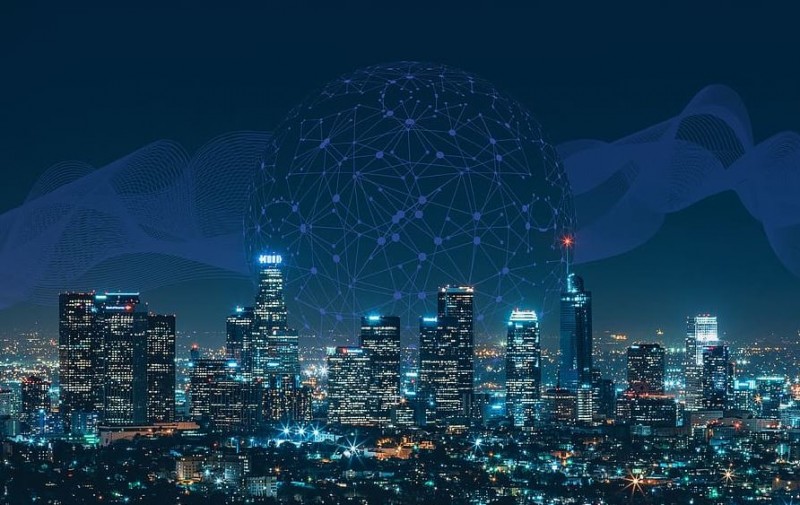
In recent years, the concept of smart cities has gained immense popularity as urban centers across the globe grapple with the challenges of rapid urbanization and the need for sustainable development. A smart city harnesses the power of technology, particularly the Internet of Things (IoT), to improve the quality of life for its residents, enhance efficiency, and address various urban issues. This article delves into the emergence of smart cities, the integration of IoT in urban planning, and the transformative potential of this innovative approach to city management.
1. Understanding Smart Cities
1.1 Defining Smart Cities
A smart city can be defined as an urban area that utilizes cutting-edge technology and data-driven solutions to optimize its operations, enhance services, and promote citizen engagement.
1.2 Key Components of Smart Cities
Smart cities encompass a range of interconnected systems, including smart infrastructure, energy-efficient buildings, advanced transportation, intelligent waste management, and accessible public services.
2. The Advantages of Smart Cities
2.1 Enhanced Urban Planning
Smart cities leverage data analytics and real-time information to make informed decisions about urban planning, leading to more sustainable and well-organized urban spaces.
2.2 Improved Resource Management
By integrating IoT devices, smart cities can efficiently manage resources such as water, electricity, and transportation, reducing waste and lowering overall energy consumption.
2.3 Enhanced Quality of Life
The implementation of smart solutions enhances the overall quality of life for citizens by providing better healthcare facilities, improved public safety, and increased access to education and culture.
3. IoT Integration in Urban Planning
3.1 The Role of IoT in Smart Cities
The IoT acts as the backbone of smart cities, connecting various devices and systems to collect and analyze data, enabling seamless communication and automation.
3.2 Smart Infrastructure
IoT integration in urban planning includes smart infrastructure like sensor-equipped roads and buildings, which can monitor traffic flow, detect structural issues, and optimize energy consumption.
3.3 Intelligent Transportation
Smart cities deploy IoT-enabled transportation systems that use real-time data to optimize traffic management, reduce congestion, and enhance public transportation services.
4. Challenges and Considerations
4.1 Data Security and Privacy
The massive amount of data collected in smart cities raises concerns about data security and the protection of citizens' privacy.
4.2 Infrastructure Investment
Implementing smart city solutions requires significant initial investment, which may pose challenges for some cities with limited resources.
4.3 Digital Divide
The digital divide must be addressed to ensure that all citizens have equal access to smart city services and technologies.
5. The Future of Smart Cities
As technology continues to evolve, smart cities are expected to become more sophisticated, efficient, and inclusive, with further advancements in IoT and artificial intelligence shaping their growth.
The rise of smart cities presents an exciting paradigm shift in urban planning, where technology and data converge to create more sustainable, efficient, and livable cities. By integrating IoT and leveraging data-driven insights, smart cities are poised to tackle the challenges of urbanization and foster a higher quality of life for their citizens.
Exploring the Hottest Health and Diet Trends of the Year
Mortal Remains Of Ex-Kerala CM Oommen Chandy Taken To Kottayam
Dubai's prominent influencer and content creator, Ahmad Hussain, set for Bollywood debut